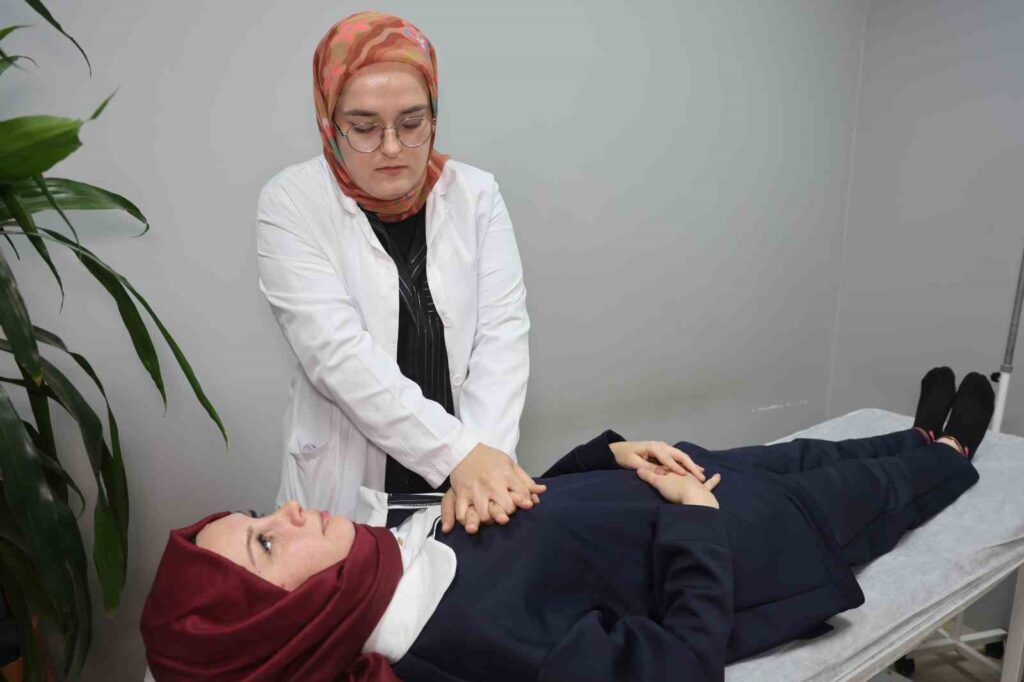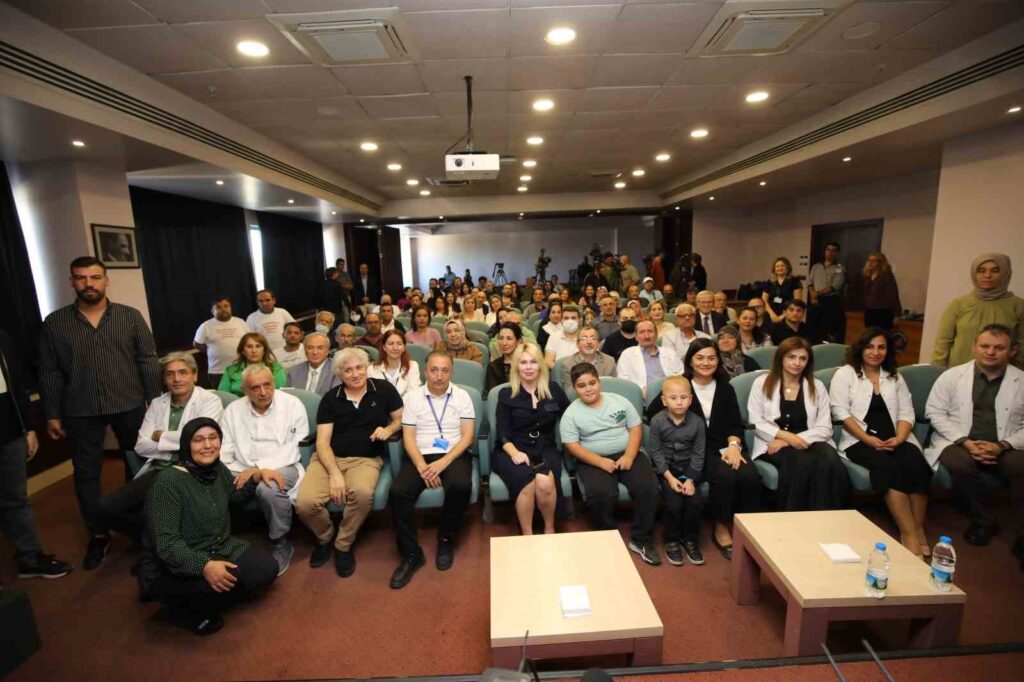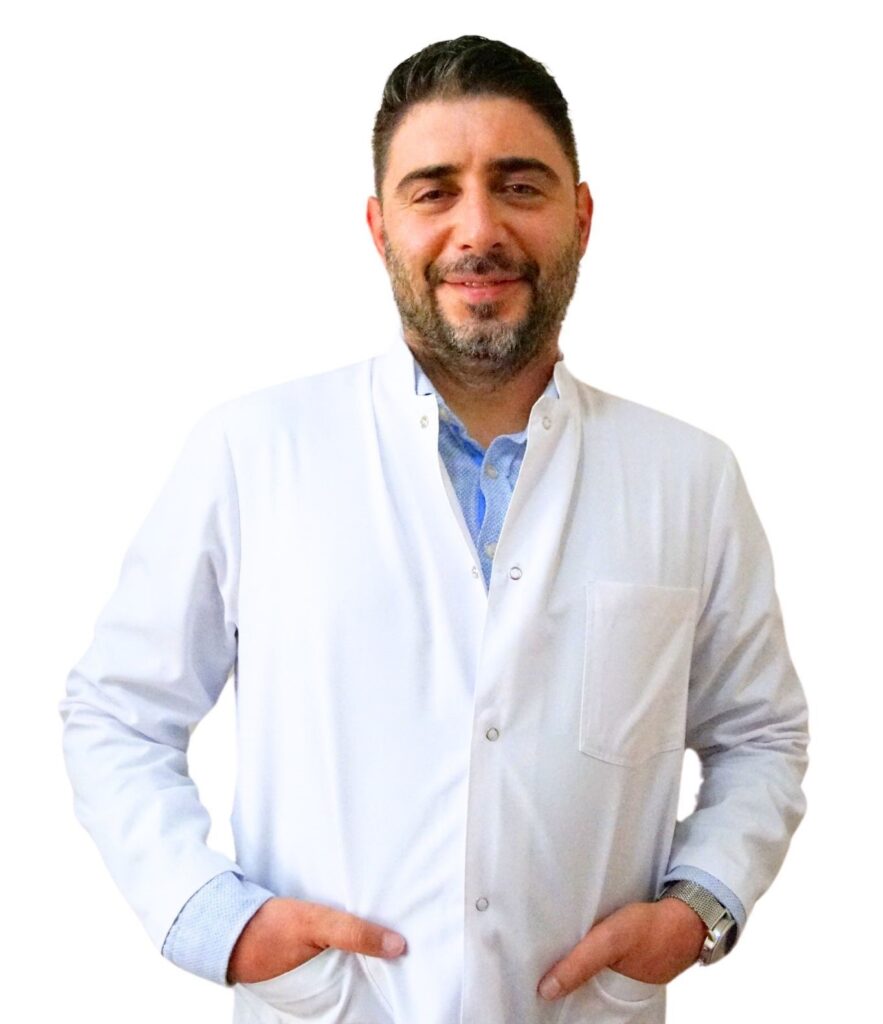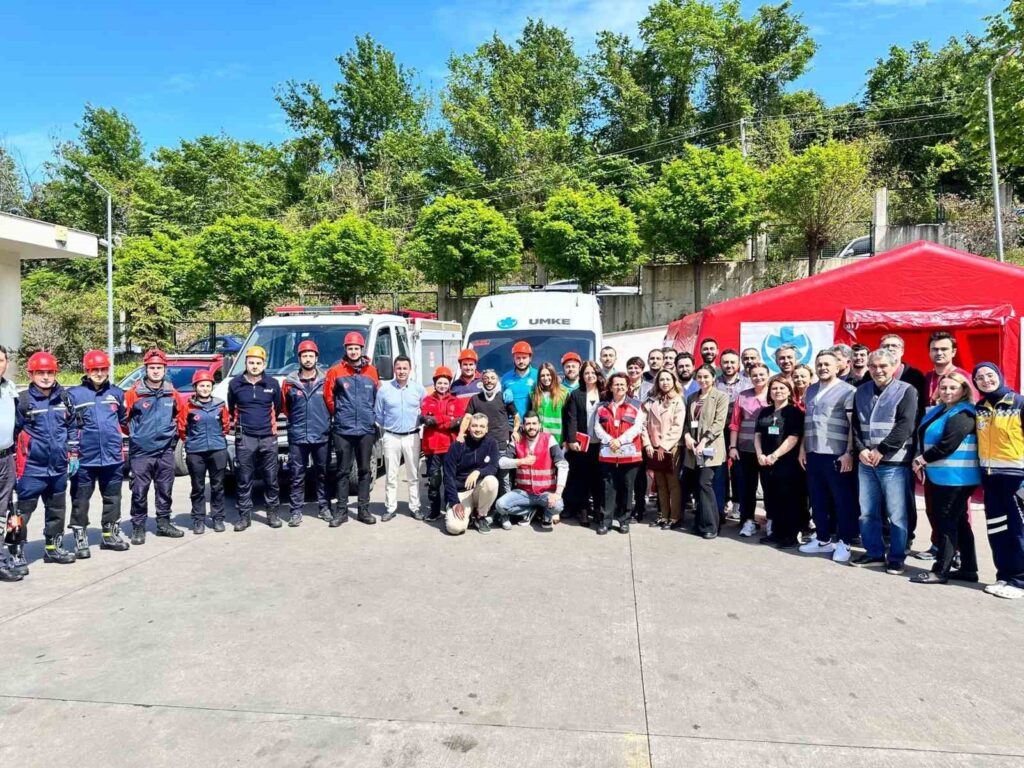Life-threatening misconceptions in first aid
Experts emphasize that properly applied first aid can save lives, but they also highlight that many common misconceptions in this field can lead to dangerous outcomes. First aid, which is included in the education curriculum of many countries, …

Experts point out that properly applied first aid can save lives, emphasizing that many common misconceptions in this field can lead to dangerous outcomes.
First aid training, which is included in the educational curricula of many countries, is becoming increasingly widespread in Turkey as well. However, there are many widely held misconceptions about life-saving first aid interventions during accidents. Methods such as slapping a person who has fainted, performing chest compressions on a functioning heart, inducing vomiting in a poisoned patient, or hitting someone whose airway is blocked on the back are commonly believed to be correct first aid practices. First Aid Specialist Şerife Özütemiz notes that first aid applications done in a state of panic and rush can prolong the recovery process of patients and cause permanent illnesses. “The primary aims of first aid are to save lives, alleviate pain, stabilize the situation, prepare for emergency services, and provide psychological support. The last point is very important because the helper must remain calm. Reducing the risk of infection, rescue and protection, and playing an educational role are also key points. In the public, interventions such as hitting the back of someone who is choking are often performed. But this is a very wrong intervention. No intervention should be made to the back of a choking person. They should be encouraged to cough. If the person cannot cough, one hand should be placed on their chest to encourage coughing. If you know first aid and have a first aid certificate, the Heimlich maneuver can be applied,” she said.
“Spinal cord injury can cause serious disabilities”
First Aid Specialist Özütemiz emphasizes that one of the most common mistakes in first aid is the incorrect intervention made to a person injured in an accident. “We are very helpful people, so whether it’s an accident or any first aid intervention, we rush to help. But some people do this very unconsciously. Especially during an accident, they try to pull out the trapped victim in a chaotic manner. This is actually something that shouldn’t happen. Because this can cause brain, neck, or spinal cord injuries. When the spinal cord is injured, it can lead to serious disabilities,” she stated.
“You may do harm while trying to do good for the patient”
Özütemiz lists the incorrect home interventions for burns that are commonly made in public: “Burns are evaluated in three degrees: first degree, second degree, and third degree. When a burn occurs, many common home remedies include applying tomato paste, toothpaste, yogurt, and similar unconscious methods, which can lead to infections. Instead, burns should be rinsed under running water without pressure for 10 to 20 minutes, and then the patient should seek medical attention. The blisters that form on the burned area should not be popped under any circumstances. If the burn is very severe, the appropriate authorities should be notified. One of the different mistakes made is related to poisoning. For example, poisoning cases can occur during cleaning at home with hydrochloric acid. In this case, the patient should never be induced to vomit. Because hydrochloric acid is a very corrosive substance, when the patient vomits, it can damage the esophagus and trachea. Therefore, while trying to do good for the patient, you may end up doing harm,” she explained.
“Cardiopulmonary resuscitation must be performed by trained individuals”
Özütemiz emphasizes that cardiopulmonary resuscitation (CPR) should only be performed by trained individuals. “In emergency situations, if a patient’s respiration and heartbeat have stopped, and there is no pulse, CPR must be performed by individuals who have received first aid training. However, if the patient is breathing or has a pulse, then CPR should definitely not be performed. If it is done in this case, the functioning heart may also stop. Many people perform CPR on the right side of the chest, thinking the heart is on the left. But the greatest danger in these situations is that, if done incorrectly, it can lead to rib fractures. These are usually among the serious cases that go to the emergency room,” she concluded.







